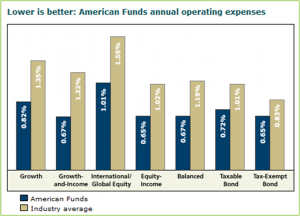Pitch Book Length is Not Just About Pages
It’s become widely accepted that a hedge fund pitch book shouldn’t exceed 20 pages. It’s a good goal, but it leaves out half the story.
While managers often succeed in keeping pitch books short in terms of slides, they just as often fail to keep them short in terms of words. I’d argue word count matters more than slide count.
The average adult reads about 250 words per minute. But reading rate doesn’t really matter when it comes to pitch books. Near-constant use of the Web has changed the way people consume information, and there’s a lot more scanning than reading these days. And that most definitely includes PowerPoint.
Consider two startling conclusions from a Jakob Nielsen study:
- Users read about 20% of the words on an average Web page
- Users read 50% of the words when there are ~100 words or less
Our experience with pitch books is similar. Prospective investors just aren’t going to read your pitch book word for word. And if it’s a live presentation, they’ll read even less (assuming they’re paying attention to what’s being said.)
A good rule of thumb is to avoid going over 125 words on a slide. Beyond that most pitch books end up with an overly-dense layout or too-small fonts.
Hedge funds should embrace the paradox: say less to be heard more.






